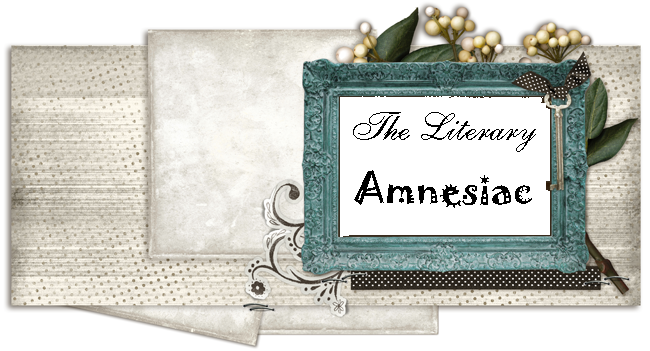I was not looking forward to reading this book AT ALL. Not only do I have a (possibly unfair) bias against books with more than one author's name on the cover (it just seems to me that co-writing is never a good sign), but I really hate to hear about people doing horrible things to other people. Unfortunately, there seems to be a lot of that going on in stories of true crime. But this was our March book club selection, so of course I was obliged to read it, negative bias or no.
Faces of Evil is a glimpse into the career of a forensic sketch artist: a woman named Lois Gibson who has spent years drawing the faces of criminals as described by their victims or witnesses. The book starts off just as horribly as I'd worried, as Gibson is called on to draw a reconstruction of a very young girl who was found in a ditch . . . on September 11, 2001. But as I continued reading, either the stories got less horrifying or I became desensitized to them, because I was able to find the book more interesting than awful.
Unfortunately, my unfavorable opinion of co-authors was reinforced by the less-than-impressive writing, but this is not the sort of book you read for the beauty of its prose. In fact, it's not the sort of book one would want to savor in any way. It held my attention solely by the information it conveys.
As far as my assessment of compositry (that is, composing a picture of a criminal's face based on a witness's description), my thoughts drift towards the series of images in the middle of the book. When I compare the artist's drawings with the photographs of the criminals in question, I must admit I am less than impressed by the resemblance between the drawings and the photos. I find myself expecting a much closer likeness. But then, every time I thought about the fact that Gibson drew each portrait based solely upon the description gleaned from a traumatized victim, my mind was blown all over again. Lois Gibson has some sort of gift that goes far beyond artistic talent. I have a bit of drawing ability myself, but I couldn't even depend upon my own memory to sketch a passable likeness of a stranger I've seen with my own eyes, let alone draw a face based on someone else's description.
It didn't take me long to realize this book has given me an annoying habit. I have found myself surreptitiously studying the faces of strangers while, say, eating a chocolate-dipped waffle bowl sundae with brownie bits in Dairy Queen (or, what is left of one after the ice cream vultures known as my children have descended upon it). I try to figure out if I could remember each face I see, and how I would describe it to someone. I can only hope that I get over this new-found fixation quickly, because it stresses me out. I am certain, just as most of Gibson's clients insist, that I could never remember enough detail to be of any help to a forensic sketch artist. (Though I would be remiss if I didn't mention that this attitude perpetrates Myth #7 about compositry, and Gibson insists that any "reasonably talented, fairly well-trained forensic sketch artist will be able, in most cases, to elicit witness descriptions and to produce composite sketches that have at least a one-in-three chance of being effective.")
Interesting book, if not what I would have chosen, but I'm very happy to be moving on. Especially considering the two super-awesome books I have lined up to read next!
The Secret Year – Jennifer R. Hubbard
2 days ago









No comments:
Post a Comment